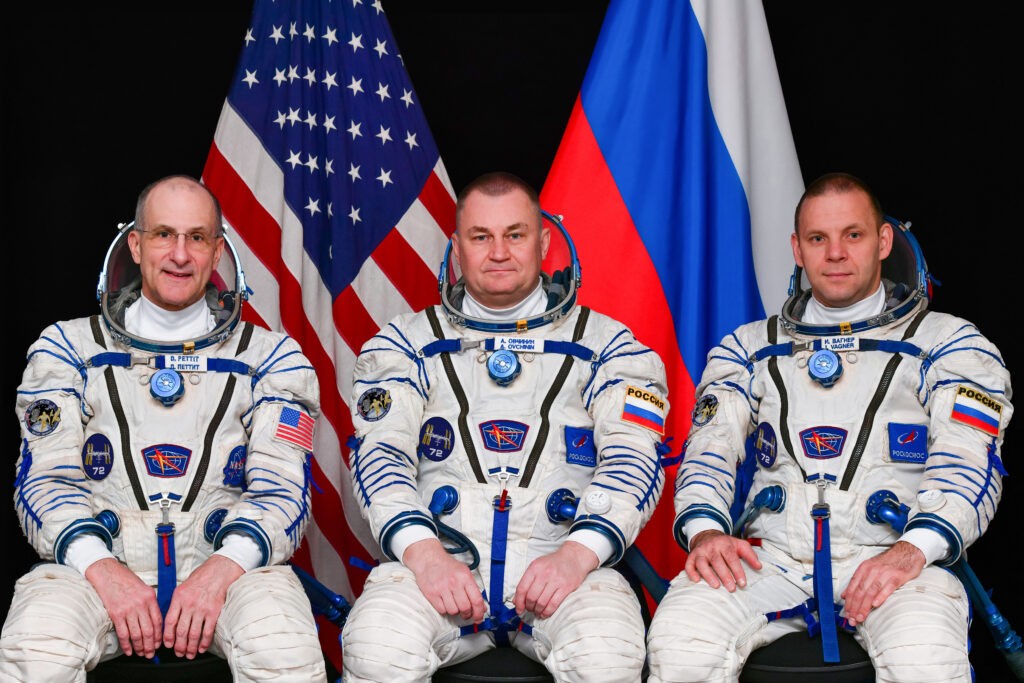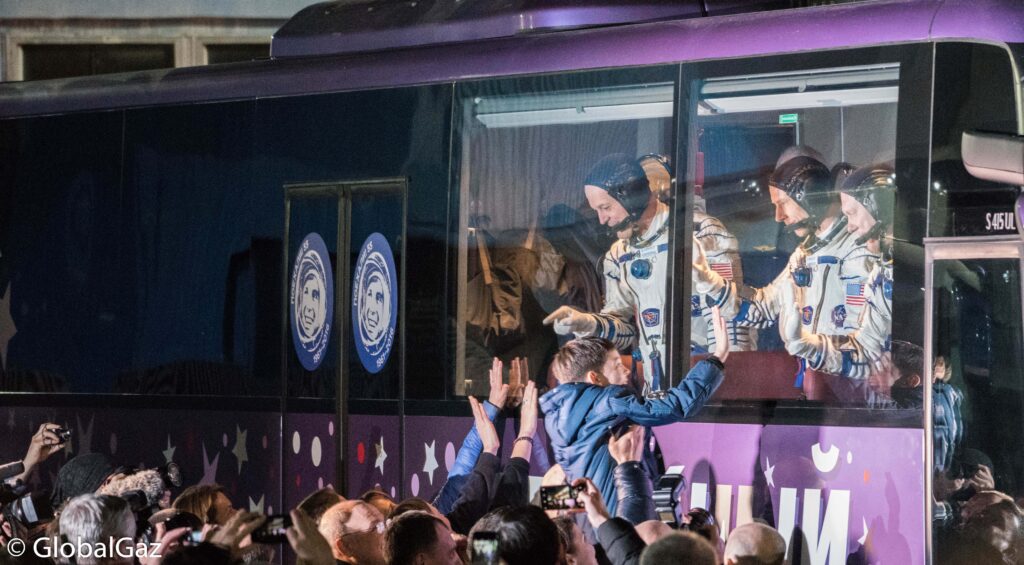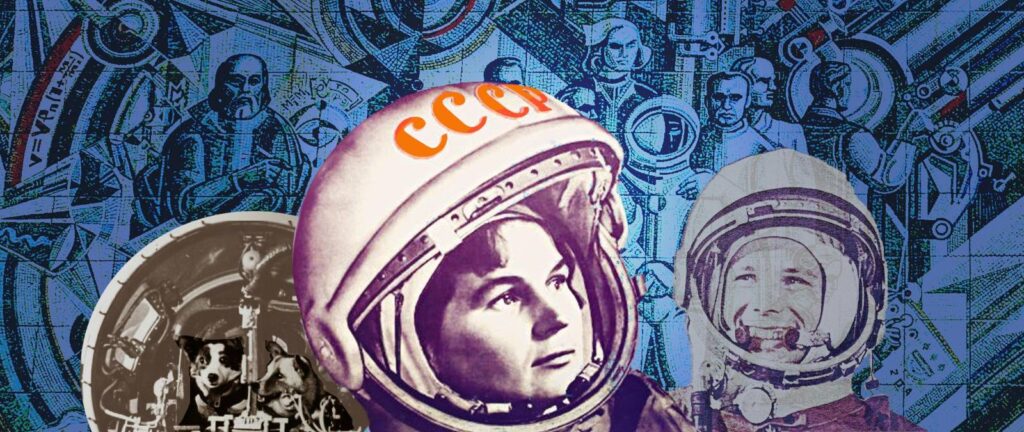Latest Baikonur Space Launch Helps to Set a Record
It seemed almost routine: One American astronaut and two Russian cosmonauts traveling to the International Space Station in a Soyuz MS-26 spacecraft from the Baikonur Cosmodrome in Kazakhstan. After all, the Russian-run facility in a remote, barren part of the Central Asian country has been a mainstay of travel to the station for many years. But the three-hour trip on the Soyuz on Wednesday made some space history, increasing the total number of people currently in Earth’s orbit to a record of 19. The previous record of 17 was set last year. The trip brings the number of people currently on the International Space Station to 12, including seven Americans and five Russians, according to NASA. The group will get a little smaller on Sept. 23, when one American and two Russians are scheduled to depart. There are also three people on China’s space station and four people led by billionaire Jared Isaacman on the five-day Polaris Dawn mission, for a total of 19. The new arrivals at the International Space Station are NASA astronaut Don Pettit and Roscosmos cosmonauts Alexey Ovchinin and Ivan Vagner. They’ll spend about six months in space and return to Earth in the spring of 2025. It’s the fourth trip to space for Pettit and Ovchinin and the second for Vagner. NASA and Roscosmos currently have a “cross-flights” deal involving travel to and from the International Space Station for three Russian cosmonauts on the U.S. Crew Dragon spacecraft and three U.S. astronauts on the Russian Soyuz spacecraft. The two space agencies are working on extending the agreement beyond the spring of 2025, the Russian news agency Interfax reported in a story with a Baikonur dateline. It quoted Kenneth Bowersox, NASA associate administrator for space operations. The joint missions are one of the rare areas of collaboration between Russia and the United States at a time of heightened tension over the Ukraine war.




